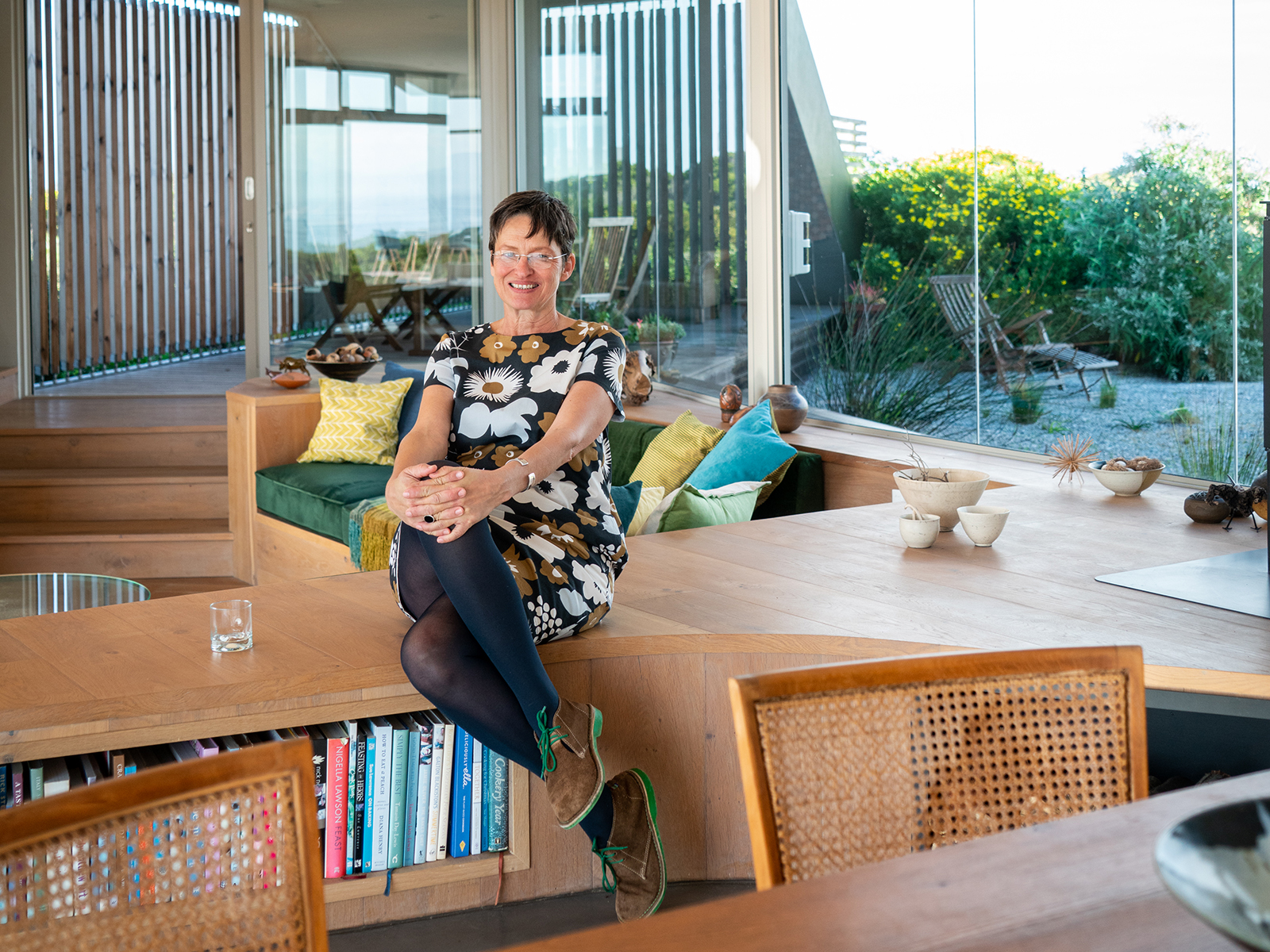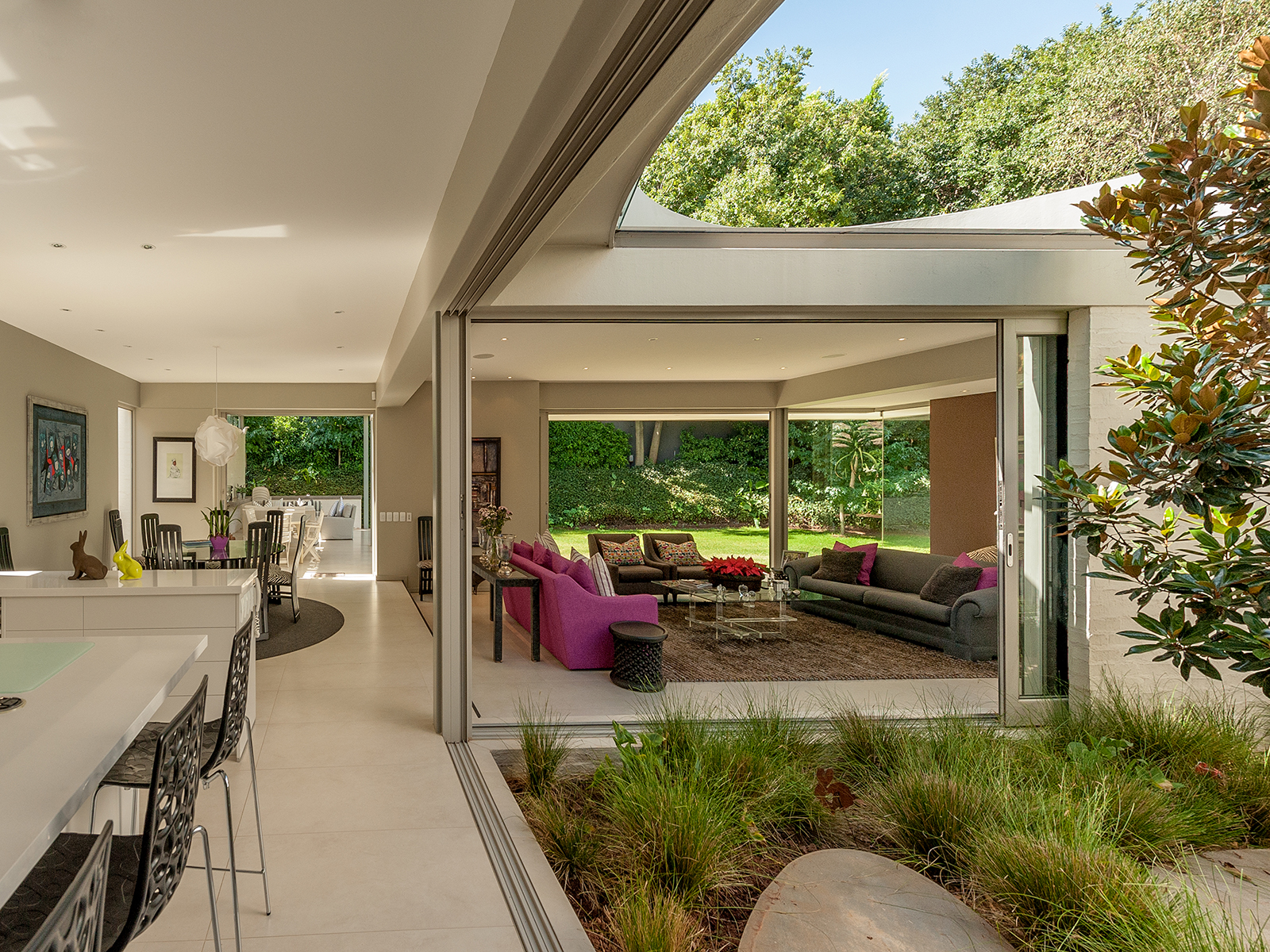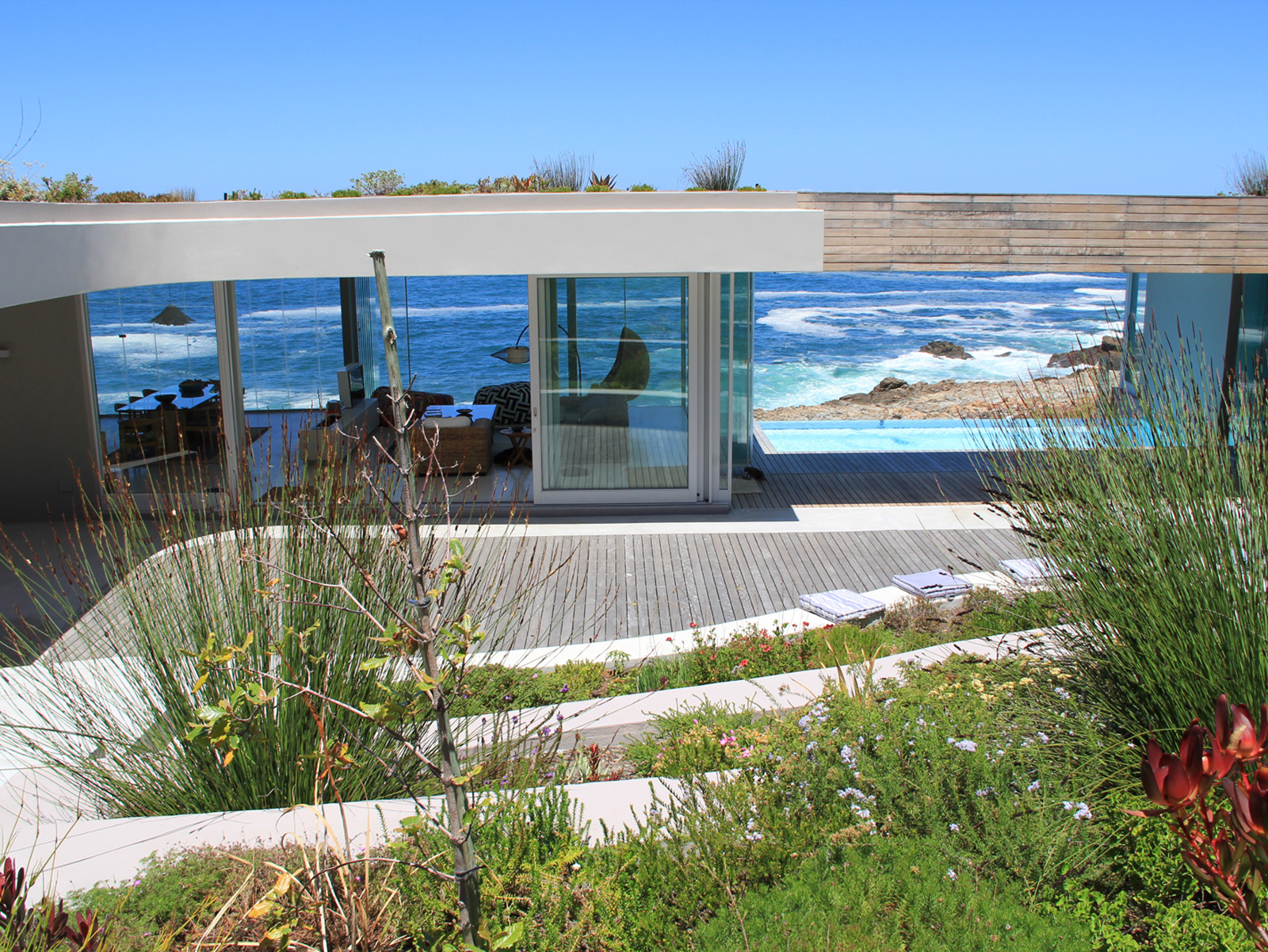Q&A with Top South African Architect Sarah Calburn
The well-traveled founder of her own South African architectural studio explains how unique landscapes and human relationships provide the inspiration for her work
The well-traveled founder of her own South African architectural studio explains how unique landscapes and human relationships provide the inspiration for her work
Award-winning South African architect Sarah Calburn was seemingly born into the profession. Her mother, a non-practicing architect, encouraged the career path. But, she says, once she embarked on her studies at Johannesburg’s University of the Witwatersrand she had a realization: “I had been looking at—feeling—buildings and spaces for as long as I had been alive.” Today, she’s completed projects across the globe, spanning continents from Africa to Australia, China, and Europe.
Here, Calburn speaks exclusively to Christie’s International Real Estate about how her native landscapes inform her work, and why she believes architecture has the power to expand physical and mental frameworks.

Was it always your ambition to be an architect?
I filled out my university entrance forms for urban design, boringly known then as town planning. Three days into it I found myself in a fluorescent-lit basement economics lecture, from which I bolted upstairs to join the architecture students. I’d seen them having serious fun in this rather wonderful Modernist architecture building. Six months into that, I never looked back.
You’ve worked in Europe, Asia, and Australia, as well as your native South Africa—how have these opportunities shaped your work?
Aged 20, I worked in Paris doing high-tech detailing for a practice that had been a part of the Centre Pompidou team. I graduated at 23 and over the next four years experienced an intensive apprenticeship with a small practice, during which I designed, drew, and built something like 20 houses. I then took my portfolio with me to Australia and Hong Kong. The latter was an exhausting experience—I designed a new high-rise cluster project for China every week.
How does the South African climate shape your work as an architect?
We have the most beautiful climate—we live with our doors open for most of the year. We have extremely beautiful natural landscapes throughout the country. My buildings form themselves in tandem with their particular landscapes, clients, and weathers in a mutual dance. My aim is always to heighten, to excite one’s experience of space and place, wherever that might be.
Thanks to these surroundings, I see buildings not necessarily as containers of space but rather as openings into space. They expand one’s mental frameworks. More than simply framing views, I am of the conviction that buildings can set up generous and optimistic points of view on society and the world.

How do you like to approach a brief?
Standing on the site and listening very closely to my clients is crucial. Often you become an impromptu marriage counselor, so listening to both parties’ desires is vitally informative and challenging. I take pleasure in exceeding the limits of their expectations and, indeed, in going beyond myself and the limits of my knowns. Every commission brings unique challenges and responses.
More than simply framing views, buildings can set up generous and optimistic points of view on society and the world
Has technology changed the way you work?
Yes, enormously. Once past pen-on-paper exploration, I become a kind of movie director. I direct three-dimensional structural and spatial experimentation. These days, clients get a fully rendered, extremely exciting video of an imagined building. You can geolocate buildings too, which means that you can predict sunlight penetration and views (not to mention furniture, artworks, and lighting) very exactly.
Tell us about some recent projects?
My latest house was made for a molecular biologist who lost her husband after 40-plus years of happy marriage. She went looking for a spectacular Cape coastal site. Cuilidh is one of my tentacular buildings—it flexes and dips in and out of the ancient dune landscape. It has something of the Scottish Hebrides archipelago about it.

Sea House, a home you designed near to Cape Town, curves along the mountainous land behind it. How did you create it?
I don’t approach any building with preconceptions. Sea House came from a reaction to the dramatic site and some ruins it contained, alongside the desire of its clients—manufacturers of racing-yacht sails—to be totally private, with a wow factor. It was built almost exactly as the first sketch design I presented to the clients. The Sea House responds to the vastness of the curving sea horizon on one front, and the intimacy of the landscape to its rear with a series of coves or beaches. The roof is planted as a coastal path.
Where is your own home and what is it like?
I live in an old house on top of a quartzite ridge overlooking the South African city of Johannesburg and, true to form as an architect, I’ve altered it sequentially upon the arrival of each of my two children. I must have a view—one’s thoughts can roll out over the present and into the future.
If you could live in any building in the world, which would you choose and why?
I’d live in a shack on the edge of Sydney Harbour, or a glass penthouse in Tokyo. I’d live in another shack on the Andaman Sea, where I’d sleep on a four-poster bed on the veranda under a mosquito net, or in a crumbling mansion in Sri Lanka, or in a traditional village house in Japan… all of which I’d alter.
sarahcalburn.co.za
Banner image: